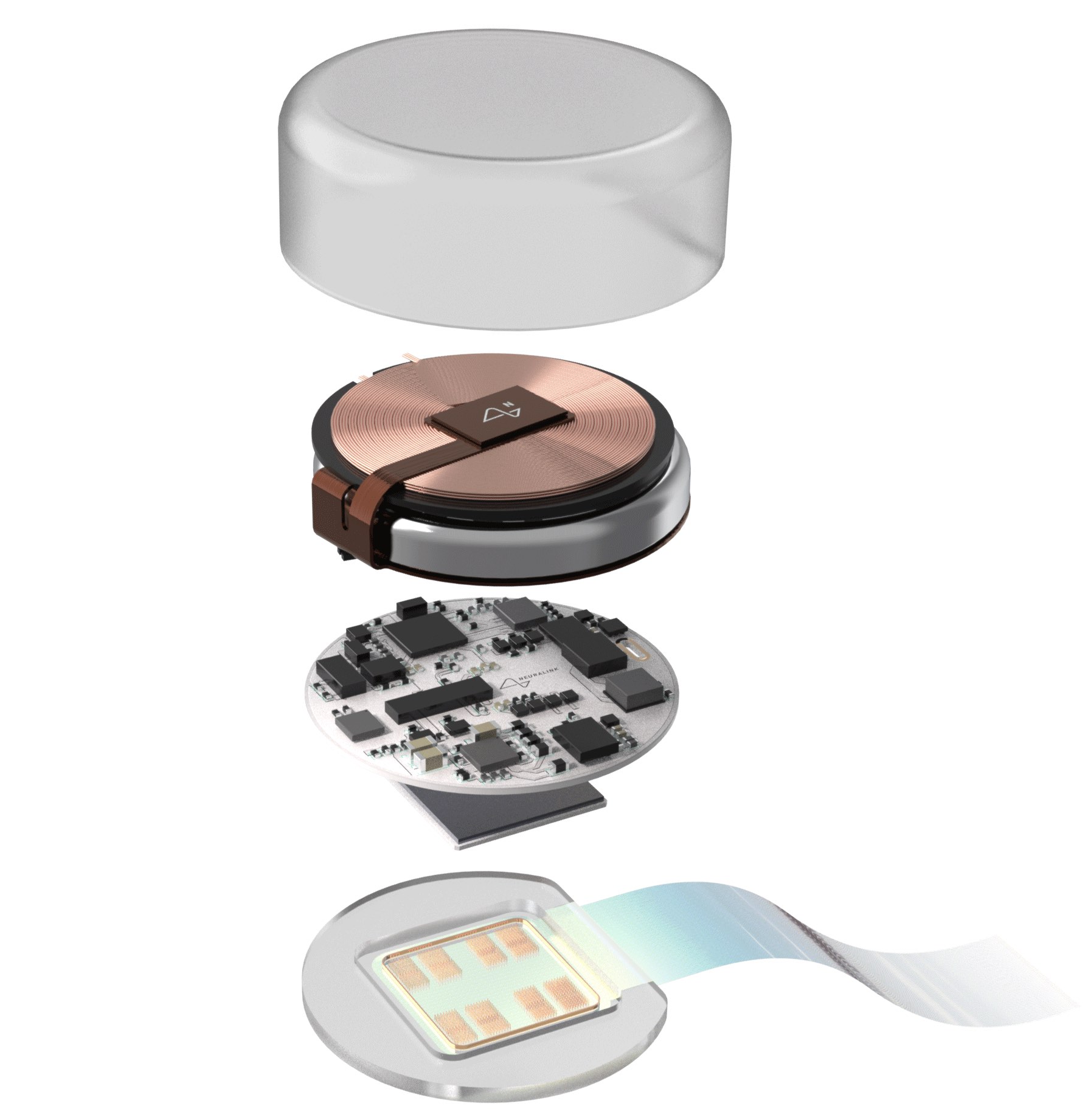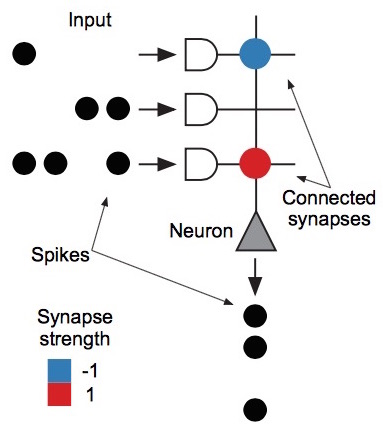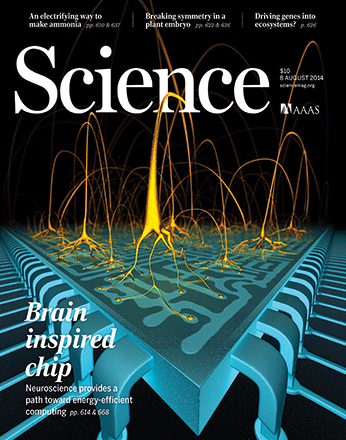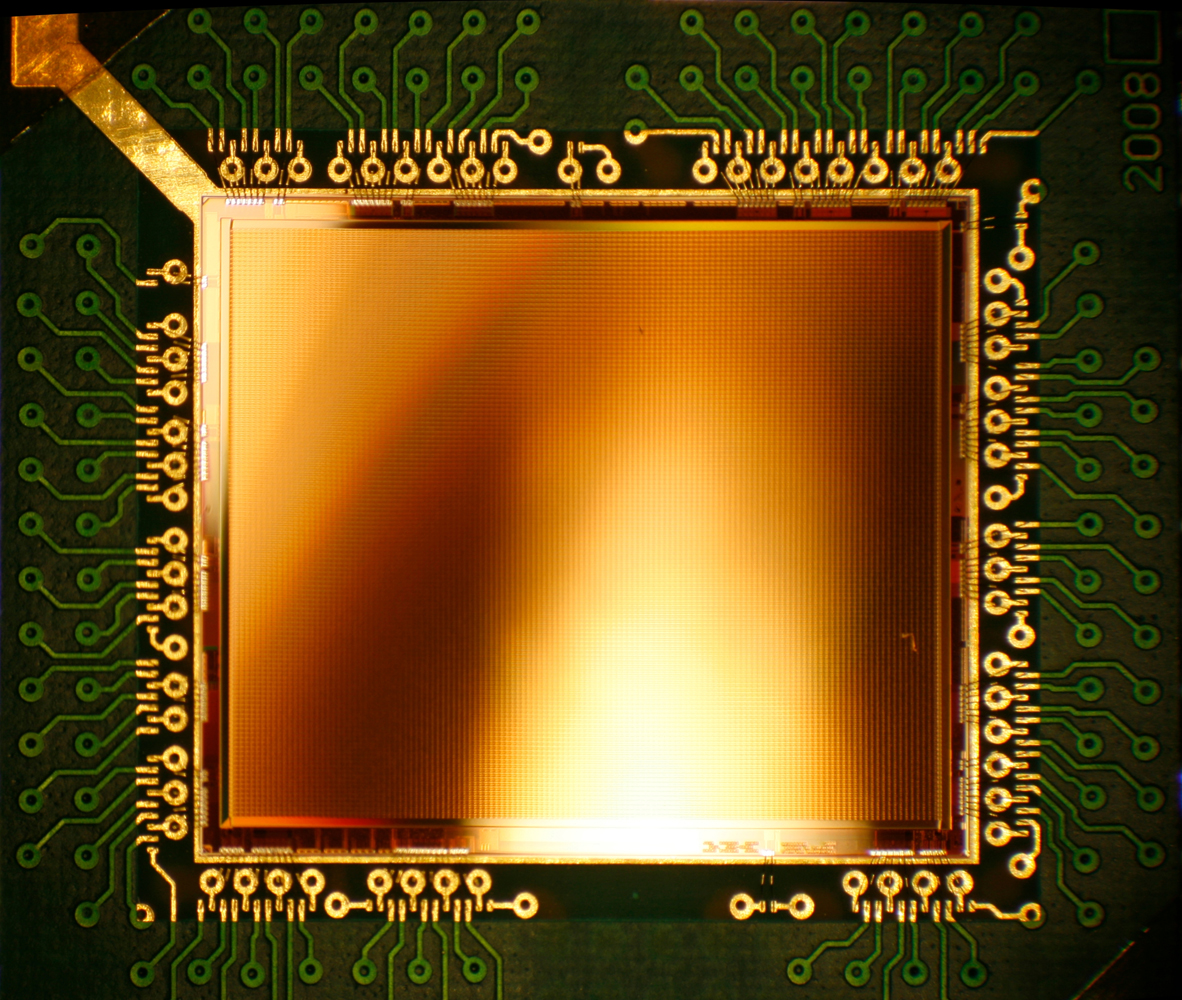
Paul Merolla
My research focus is to build more intelligent computers, drawing inspiration from neuroscience, engineering, and machine learning. I have been a lead designer on more than 10 brain-inspired chips, including Stanford’s Neurogrid and IBM’s TrueNorth chip. While my main expertise is designing low-power neural hardware, I am also passionate about developing algorithms for these systems aimed at solving real world problems.
In 2023, I co-founded MK1, a startup building the world's most performant inference engine for Generative AI. Before that I was on the founding team at Neuralink, a startup based in San Francisco developing a high bandwidth interface for the nervous system (2017 - 2022). I also spent some time as a research scientist in IBM's Brain-Inspired Computing group (2010 - 2016), and prior to that, I was a postdoctoral scholar in Stanford's Brains in Silicon lab (2006 - 2010). I received my PhD from the University of Pennsylvania in Bioengineering (2006) and a BS from the University of Virginia in Electrical Engineering (2000).
Recent News






Selected Publications
[2016] Merolla. P, Appuswamy. R, et al. “Deep neural networks are robust to weight binarization and other non-linear distortions”, arXiv:1606.01981, June, 2016. Bibtex
[2014] Merolla. P, Arthur. JV, Alvarez-Icaza. R, Cassidy. A, Sawada. J, Akopyan. F, Jackson. B, et al., “A million spiking-neuron integrated circuit with a scalable communication network and interface”, Science, 668-73, August 8th, 2014. Cover with Feature Story. Bibtex
[2014] Benjamin. BV, Gao. P, McQuinn. E, Choudhary. S, Chandrasekaran. A, Bussat. JM, Alvarez. R, Arthur. JV, Merolla. P, and Boahen. K, “Neurogrid: A Mixed-Analog-Digital Multichip System for Large-Scale Neural Simulations”, Proceedings of the IEEE, vol 102, no 5, pp 699--716, March 2014. Bibtex
[2014] Merolla. P, Arthur. J, Alvarez. R, Bussat. JM, and Boahen. K, “A Multicast Tree Router For Multichip Neuromorphic Systems”, IEEE Transactions on Circuits and Systems, vol 61, no 3, pp 820-833, March 2014. Bibtex
[2011] Merolla. P, Arthur. J, Akopyan. F, Imam. N, Manohar. R, and Modha. D, “A Digital Neurosynaptic Core using Embedded Crossbar Memory with 45pJ per spike in 45nm”, IEEE Custom Integrated Circuits Conference, September 2011. Bibtex
[2010] Merolla. P, Ursell. T, and Arthur. JV, “The Thermodynamic Temperature of a Rhythmic Spiking Network”, arXiv:1009.5473, September, 2010. Bibtex
